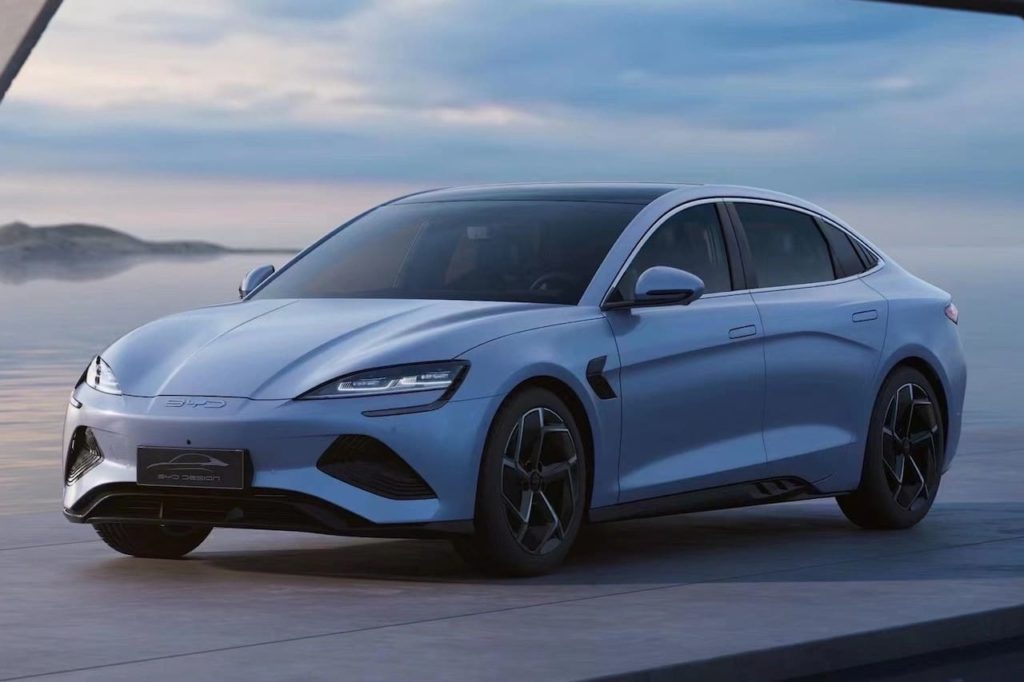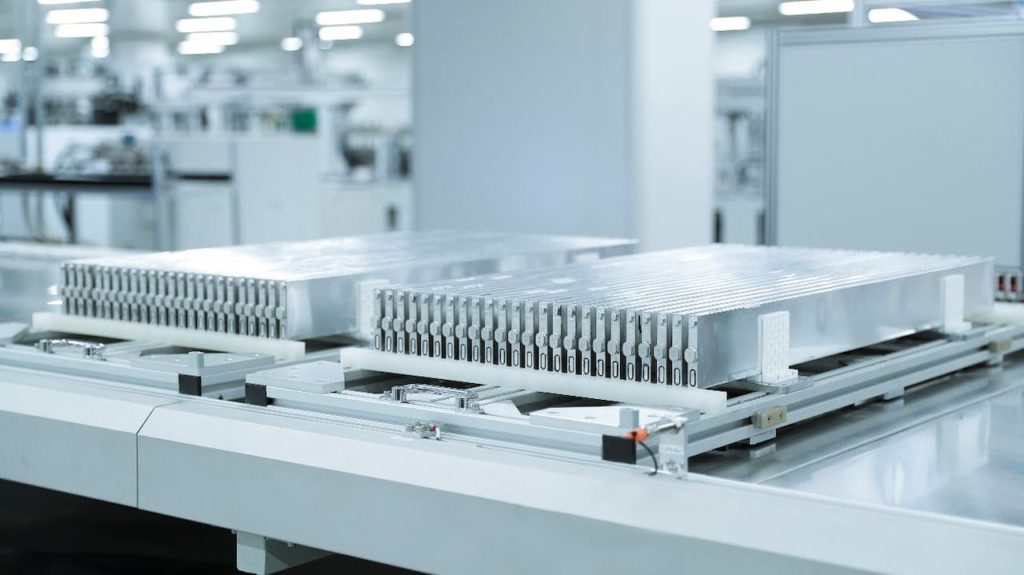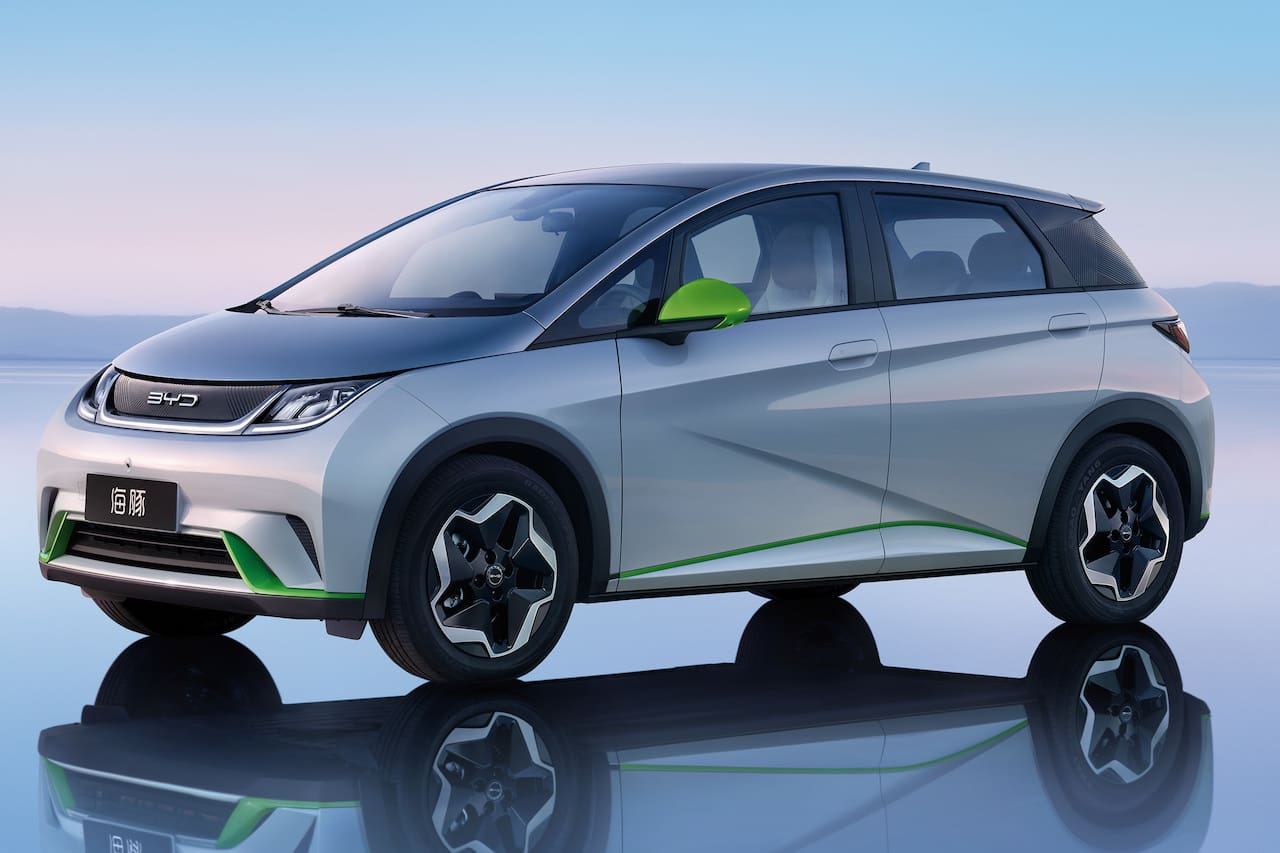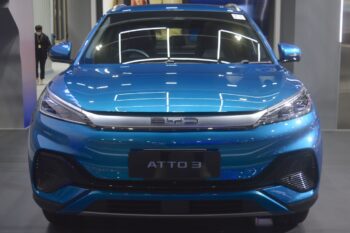Warren Buffett-backed Chinese carmaker BYD unveiled the BYD e-platform 3.0 at the 2021 Auto Shanghai. The new generation platform will underpin electric cars across multiple vehicle segments. The BYD Dolphin (pictured above), BYD Yuan Plus (BYD Atto 3), the BYD Seal (BYD Atto 4), Seagull, and Sea Lion are some of the current and future beneficiaries of the new architecture. The Dolphin is the first model based on the BYD e-platform 3.0 and entered the Chinese market last year.
Open-source
The BYD e-platform 3.0 has a newly developed body structure that integrates and standardizes components to be used with minimal tweaks on a variety of cars. BYD packages a digital and electric architecture and an improved BYD vehicle OS in this platform. Like Geely’s SEA, BYD’s e-platform 3.0 is an open-source platform.
Bespoke EV platform

Dedicated BEV architectures allow designers and engineers greater freedom of creativity, and the BYD e-platform 3.0 is just that. The platform would enable engineers to stretch out the wheelbase to maximize interior room and accommodate a large battery between the axles. Sitting low and featuring very aerodynamic designs, EVs based on this platform can have a drag coefficient as low as 0.21 Cd. The BYD e-platform 3.0 EVs can have a wheelbase between 2.5 and 3.5 meters.
Capable of eAWD
The BYD e-platform 3.0 models will not produce unexciting cars by any means. The platform can employ a front electric motor with 201 bhp and 229 lb-ft and a rear motor with 362 bhp and 266 lb-ft. Expect the combined output to be over 500 bhp and over 500 lb-ft discounting the energy losses. It’s possible to make EVs with eAWD on this platform.
Blade Battery & Standard Heat Pump
It’s a well-known fact that the BYD Blade battery technology is being recognized by the global automotive fraternity thanks to its high safety rating. The e-platform 3.0 will get an upgraded 8-in-1 module for the drive system, reaching an overall efficiency of more than 89%. The battery has successfully cleared nail penetration, temperature, overcharging, and many other tests. The Blade battery is a structural element that enhances the EV’s torsional rigidity.

The BYD Blade battery also offers top-drawer specifications. It has a maximum operating voltage of 800-volts to enable blazing-fast charging speeds, and it can attain 93 miles range in just 5 minutes of rapid charging. Moreover, the high voltage reduced power consumption by 10% per 62 miles and increased the cruising range by 10% in winter. BYD says that a standard heat pump will work even at -30°C, improving the range by up to 20% in the winter.
Over 621 miles (1000 km) of range
The Chinese automaker has stated that its e-platform 3.0 allows a range of up to 621 miles (1000 km). Despite this being a relatively less stringent NEDC range figure, it’s impressive. A four-digit range figure would go a long way in reducing range anxiety. However, in the initial years, expect such long-range variants to be offered on expensive models.
Source: BYD Europe/Youtube
BYD OS & Autonomous Driving
BYD e-platform 3.0-based EVs make use of the in-house developed BYD OS. The company says that the BYD OS makes the platform expandable, upgradeable, and fully open to developers. Moreover, the OS would be seamlessly integrated with autonomous driving systems. BYD e-platform 3.0 models can use a LiDAR, a camera, and a mmWave radar for autonomous driving. Expect the vehicles to come with Level 2+ capabilities as standard and ready for Level 3 via OTA updates when the regulations allow.
Featured Image Source: BYD


![BYD Sea Lion 07 (Atto 5/Atto 6): China’s next Tesla Model Y challenger ready [Update]](https://topelectricsuv.com/wp-content/uploads/2023/03/BYD-Sea-Lion-07-front-teaser-350x197.jpg)

![BYD Seal (BYD Atto 4) gears up for its big journey overseas [Update]](https://topelectricsuv.com/wp-content/uploads/2022/12/BYD-Seal-BYD-Atto-4-front-three-quarter-350x233.jpg)